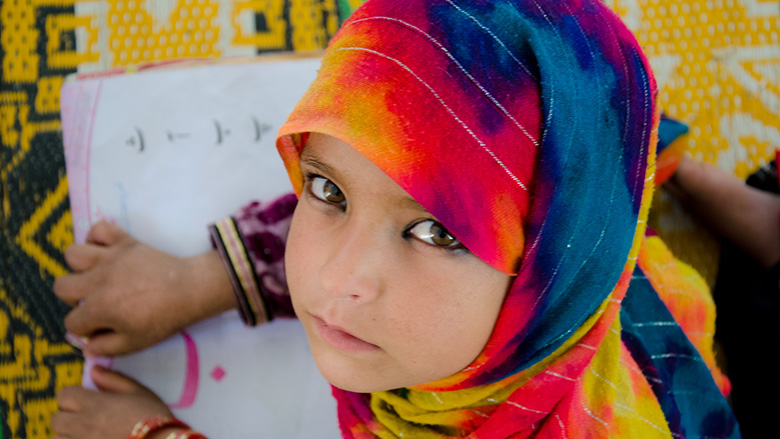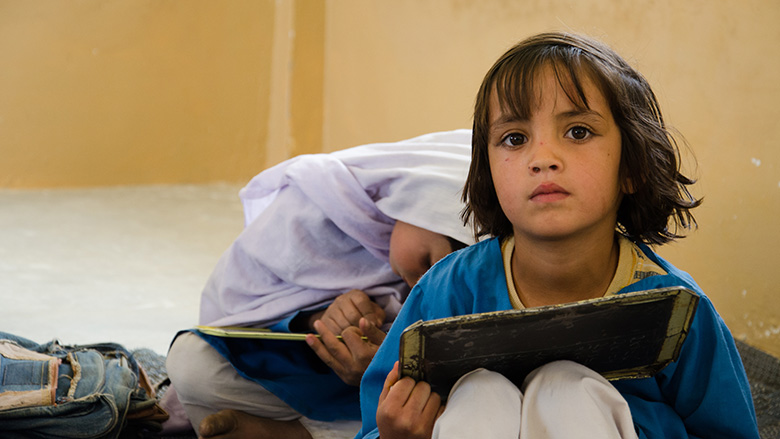Approach
The Balochistan Education (BE) Project has been designed to address a complex set of challenges arising from ethnic conflict, community disengagement, political interference and weak governance and management in the education sector. While targeting a simple indicator of increasing school access through new schools and upgraded primary schools, the project has also focused on infrastructure development to address quality, governance and accountability.
The BE project selects feasible sites identified by community through the Department of Education. Sites are verified by a third-party validation process using Geographic Information System (GIS) coordinates. Teachers are selected through a test-based recruitment process and trained in teaching methods and curriculum. A combination of community involvement, outsourced selection of schools and teachers, the use of technology in monitoring, teaching and procurements has allowed the Department to achieve quality education indicators.
The project also introduced an efficiency measure, selecting abandoned buildings and utilizing them as schools following an engineering survey of the building. This has been a great innovation bringing down cost of infrastructure and freeing financial resources to provide solar energy to the buildings. The real time school monitoring mechanisms are now being used by the Government for all schools across the province.
The program has helped 900 schools become functional once again.
Results
Between 2015 and 2018, the Balochistan Education Project has helped to:
- More 900 schools across the province are now functional include more than 700 schools with new or renovated buildings and more than 100 upgraded schools from primary to middle and high
- 53,000 children enrolled in the project specific schools with 89% retention of children, of these 72% are girls.
- Almost 700 schools have a comprehensive Early Childhood Education (ECE) Program with trained teachers and ECE specific learning material.
- More than 1200 project specific teachers have been provided training on ECE, subject content especially mathematics and science and pedagogy
- More than 2000 community members around the school sites have been provided training to support monitoring od school construction, ensure children’s participation in education and ensure teacher presence in schools.
- Real-Time Monitoring of more than 14,000 public sector schools across the province targeting more than 1 million children enrolled in the schools. The monitoring mainly covers student enrolment and attendance, teacher attendance and physical infrastructure like boundary walls, functionality of toilets, drinking water facility and electricity.
Bank Group Contribution
The trust-fund is supported by Global Partnership for Education (GPE), the World Bank implements the $34 million initiative and provides technical support for program implementation and supervision.
Partners
There is a strong coordination between international development partners, who conduct their own education projects, including United Nations Children’s Fund (UNICEF), Japan International Coordination Agency (JICA), European Union (EU) and US Agency for International Development (USAID) and local non-government organisations (NGOs) and Civil Society organizations functioning under a Local Education Group (LEG).
Moving Forward
The BE project has introduced three key management processes in the education department.
- Policy for site selection based on third party mechanisms and use of technology
- Test-based teacher recruitment
- Real-time school monitoring
These are being adapted by the department as regular processes. Looking forward, the department must use data more efficiently for planning purposes, especially as it now has access to more reliable and timely data. However, continued political support to ensure there is no roll back of these policies is a key sustainability concern.


